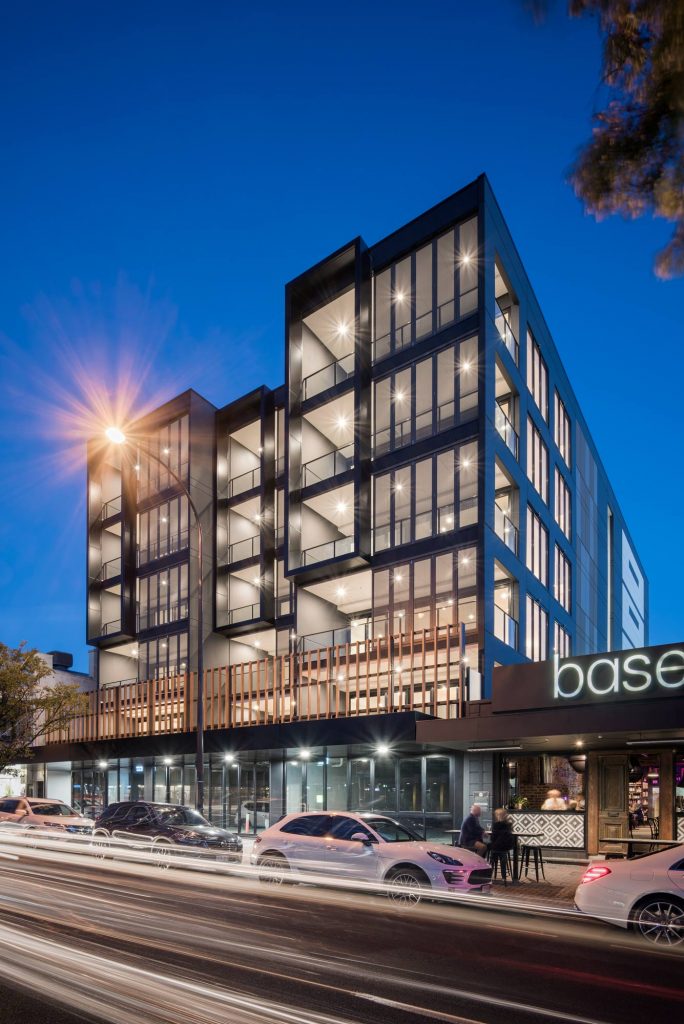Thermal performance isn’t a new concept in the construction industry but it is gaining momentum as an essential element to energy efficient building design – and one that we are embracing at Buildtec.
Australia’s national science agency, the CSIRO, describes thermal performance as the amount of heating or cooling that’s required to make a home a ‘comfortable’ space to live in. In Australia, thermal performance is measured by an energy star rating system where the number of stars awarded scales upwards to an optimal rating of ten stars. According to the CSIRO’s Australia Housing Data Portal, the average star rating for homes in South Australia is 6.3 which is slightly above the national average of 6.2. South Australian apartments also attract a higher energy efficiency star rating of 6.6 compared to the national average of 6.4.
The Building Code of Australia (BCA) sets the minimum energy efficiency requirements a new home or extension must meet and be assessed against and identifies five design elements for peak thermal performance:
- Measures to reduce heating and cooling loads
- Thermal insulation in roofs, walls and floors
- Adequate glazing performance
- Appropriate building sealing and draught proofing
- Adequate ventilation and air moment
The BCA also divides Australia into specific climate zones. South Australia is split into three zones so the incorporation of some, or all five, thermal performance elements into a residential design will depend on where the property is located.
Thermal performance was a key consideration in the design of two of our Norwood residential projects: The Bath Apartments at 232 The Parade and Norwood Green at 76 Magill Road.

The Bath Apartments
At the recently completed The Bath Apartments, the full height windows were double glazed to regulate the amount of solar heat entering homes year-round. According to the Australian Government, up to 40% of a home’s heating energy can be lost and up to 87% of its heat gained through windows. We also maximised the use of passive cooling techniques like natural and cross ventilation by incorporating large balconies and vented corridors to promote the circulation of fresh air and for added comfort. By combining glazing, ventilation and air movement, electricity costs and greenhouse gas emissions can be kept down.

Cross-ventilation is one the many energy efficiency features of our soon-to-be constructed townhouses at Norwood Green. According to the Australian-based Centre for Liveability Real Estate, cross-ventilation promotes better indoor temperature control which can reduce energy costs as well as mould growth.
Industry regulators aren’t the only ones demanding greater energy efficiency in building design; consumers are too as they become more financially and environmentally conscious.
The CRC for Low Carbon Living and Australian Sustainable Build Environment Council’s 2019 report Growing the market for sustainable homes found that two out of three buyers would choose an energy efficient home if given the option. The study also showed that if consumers were presented with two identical floorplans, one with energy efficient features listed and one without, their purchase preference was higher for the ‘green’ layout. Perhaps the most telling statistics of all came from the report’s ‘preliminary economic modelling’ which signalled sustainable housing construction as a stimulus for the Australian economy. According to the report authors, if the move towards sustainable housing in Australia was expedited by ‘investing in voluntary measures’, construction industry investment would increase by at least an extra half a billion dollars by 2030 creating more 7,000 new jobs and generating $600m in energy cost savings for consumers.
Buildtec Group Director Michael Carrocci said the company takes its responsibility to environmental sustainability very seriously.
“Buildtec has been a key player in South Australia’s construction industry for more than 55 years and we believe we owe it to ourselves, our customers and the climate, to do the right thing and practice sustainability wherever possible,” Michael said.
“As part of our company’s commitment to embracing cutting edge technology and innovative approaches at every stage of a project’s life cycle, we will continue to look for opportunities where we can minimise the footprint of our projects and maximise energy efficiency.
“There’s no question that building for thermal performance makes cents – and sense – for everyone.”
Like to know more? Read this article by Australian consumer watchdog CHOICE to discover how to spot an energy efficient home.



Comments are closed.